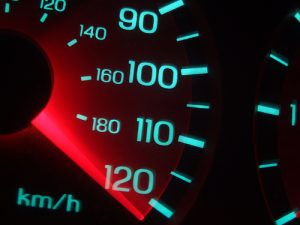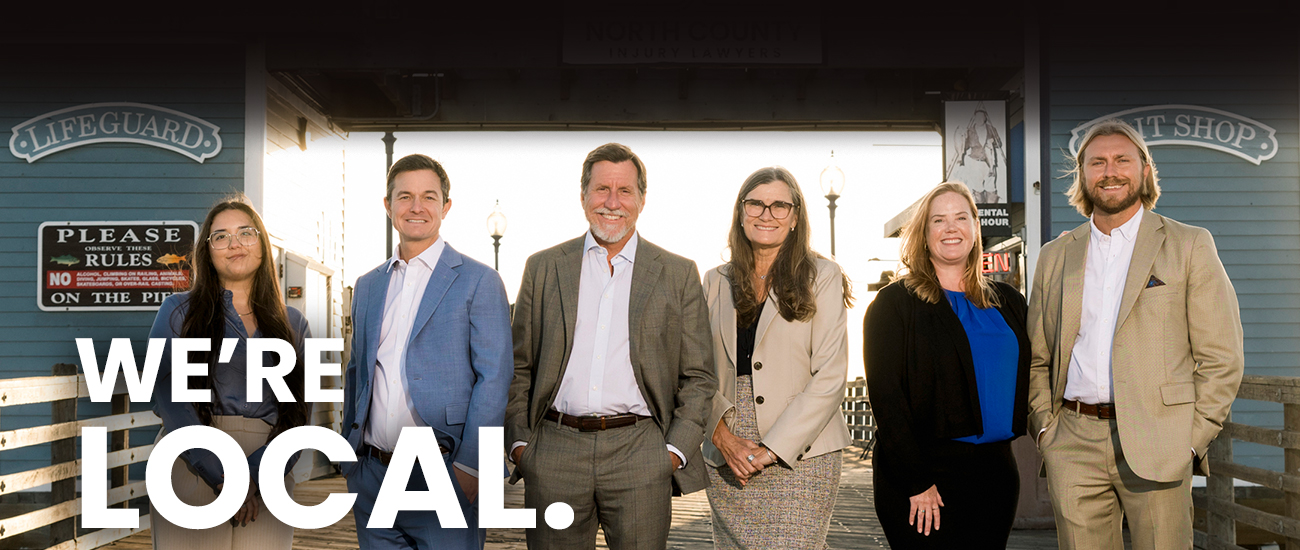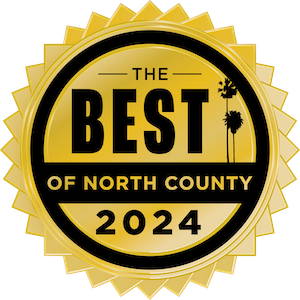- Free Consultation: 760-571-5500 Tap Here to Call Us
San Diego Launches “Vision Zero” to End Traffic Deaths
San Diego officials recently announced the launch of a program called “Vision Zero,” which aims to “eliminate traffic deaths by 2025” and to “make the city more pedestrian and bike-friendly,” according to a report from NBC San Diego. Many of us have read news stories about hit-and-run accidents in the San Diego area, as well as severe pedestrian and bicycle accidents that occur on our streets. The new program aspires to put an end to such accidents in the next ten years.

Slowing Down the Speed with “Vision Zero”
What’s involved in a program created to end traffic fatalities within a decade? According to Jim Stone, the Executive Director of Circulate San Diego, the most important part of the initiative is its focus on safety. In other words, we need to take a look at the reasons for the program in order to understand how it might help to reduce traffic-related deaths in the city. As Stone explained, “We have a traffic fatality rate in San Diego that’s greater than our murder rate.”
One of the first orders of business is speed of travel. Speeding is a serious problem, and it’s a type of aggressive driving that’s responsible for numerous preventable accidents. For instance, Juniper Aavang suffered fatal injuries in a traffic collision caused by speeding just a couple of months ago “as her father pushed her in a stroller through a crosswalk at the intersection of Catalina and Cannon in Point Loma.”
Stone elaborated on the cause of the death, explaining, “we know that if someone is hit by a car going 40 miles per hour they have a 20 percent chance of surviving a crash.” Given those statistics, one of the primary goals of Vision Zero is “to slow things down to a safer speed.”
City Planning Measures Can Help to Reduce Speeding
If we know that speeding is a serious problem, what steps can be taken to help reduce it? The architects of Vision Zero are looking to areas such as Allison Street, which is next to La Mesa City Hall. There, “diagonal parking lines reduce the size of the street.” According to Stone, “studies show smaller streets help slow traffic.”
But it’s not just about reducing the urge to drive fast. To be sure, Vision Zero will also need to take steps to increase pedestrian visibility. Crosswalk lights on the ground, for example, can help to alert drivers that they need to stop. In addition, more signs pointing to crosswalks and curb extensions can help to reduce pedestrian fatalities. As you might imagine, some of these methods are relatively easy to implement—adding pedestrian-crossing signs to crosswalk areas can be accomplished with relative ease, and diagonal parking lines should be relatively straightforward to implement. However, curb extensions could take more time.
Curb extensions are very important in the Vision Zero scheme, though. With curb extensions, pedestrians “can see cars coming, but more importantly the cars can see them coming.” As such, Stone articulates, “it’s a great way to improve pedestrian safety.”
Vision Zero will hone in on “eight major corridors” in San Diego, including University Avenue, Market Street, and El Cajon Boulevard. News agencies recently reported that University Avenue is the most dangerous street for pedestrian accidents in our city. Getting the program underway will cost about $15 million.
Contact a San Diego Accident Attorney
Let’s hope that “Vision Zero” can help to eradicate the car crashes and traffic fatalities that plague Southern California. In the meantime, traffic-related accidents do happen. If you or someone you love has been injured in an auto collision or a pedestrian accident, you should discuss your case with an experienced San Diego car accident lawyer. An advocate at the Walton Law Firm can speak with you today.
Photo Credit: Nathan E Photography via Compfight cc See Related Blog Posts: Fatal Pedestrian Accident in La Jolla Police Looking for Hit-and-Run Driver After Escondido Pedestrian Fatality









